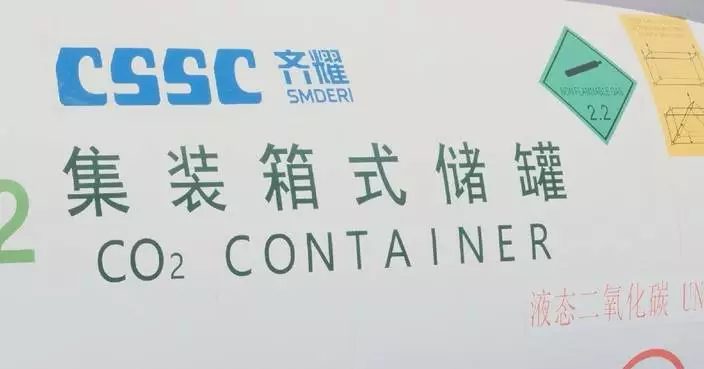China's first self-developed general humanoid robot "Tiangong" was unveiled in the Beijing Economic and Technological Development Area on Saturday.
"Tiangong" has open source and compatible scalability. With such characteristics, other robot enterprises and scientific research units can directly study home services, industrial manufacturing and other industry applications according to the personalized needs of the market and users. It can further promote large-scale commercial applications.
At the launching ceremony, Tiangong demonstrated enhanced adaptability to complex environments and has achieved a stable running speed of six kilometers per hour. The humanoid robot also can smoothly navigate slopes and stairs in blind conditions, promptly adjusting its gait as needed.
"Tiangong" , with the height of 163cm, weighs 43kg. The robot is equipped with multiple vision perception sensors, boasting a processing power of 550 trillion operations per second, along with high-precision inertial measurement units and 3D vision sensors. In addition, the robot is equipped with high-precision six-axis force sensors to provide accurate force feedback.
As a hub for the robotics industry in Beijing, the Economic and Technological Development Area has gathered 110 robotics ecosystem enterprises, forming a whole industrial chain system covering core components, complete machines, and applications.

China unveils first self-developed general humanoid robot for diverse scenarios
China on Friday delivered data collected from a cube satellite, Pakistan's first satellite mission aboard the Chang'e-6 spacecraft, to the Pakistan side, deepening cooperation on lunar exploration between the two countries.
The data handover ceremony was held on Friday in Beijing, where the first photographs taken by the satellite, including images of the moon, were revealed.
During the ceremony, the China National Space Administration (CNSA) transferred the data from the Pakistani CubeSat, developed jointly by Pakistan's Institute of Space Technology and China's Shanghai Jiao Tong University.
Zhang Kejian, head of the CNSA, presented the data to the Pakistani Ambassador to China, Khalil-ur-Rahman Hashmi, symbolizing the collaborative efforts in space technology and exploration between China and Pakistan.
The Chang'e-6 lunar probe was launched on May 3 and carried four international payloads, including the Pakistani satellite. The CubeSat, known as ICUBE-Q, separated from the Chang'e-6 orbiter on Wednesday, embarking on its mission to capture detailed lunar images.
Ge Ping, deputy director of the CNSA's Lunar Exploration and Space Engineering Center and spokesperson for the Chang'e-6 mission, confirmed that the probe is performing well in lunar orbit, with all systems operating normally and further maneuvers planned to adjust its trajectory.
According to Ge, the mission holds broader implications for international cooperation in space research.
"China and Pakistan have already signed a cooperation agreement on the International Lunar Research Station. China has also received Pakistan's application to include payloads on the Chang'e-8 mission, and its application to borrow lunar samples returned by the Chang'e-5 mission. We are actively and steadily working toward these. We also welcome Pakistan's active participation in China's lunar and deep-space missions, and we look forward to extensive exchanges and cooperation in space science, space technology, and space applications. Together, we aim to contribute to the peaceful use of outer space, serving human civilization and global welfare," said Ge.
Syed Amer Ahsan Gilani, deputy head of Satellite Manufacturing at the Pakistan Space and Upper Atmosphere Research Commission, also expressed his enthusiasm about the mission's success.
"This is a very enormous, momentous event for us, because this is the first ever lunar mission to the Moon for Pakistan. And with the help of Chinese friends, that is a great day for us. We are looking towards [cooperation] of all domains of technology here, be it remote sensing, be it navigation and be it communication satellites. Subsequently, we have a number of launches from China, and that shows the good cooperation going on," said Gilani.
In the subsequent phases of its mission, the Chang'e-6 probe will adjust its lunar orbit's altitude and inclination, and then select an optimal time to separate its lander-ascender unit. The unit will execute a soft landing in the South Pole-Aitken (SPA) Basin on the moon's far side, continuing with the mission's objective to return samples from this unexplored area.

China delivers data collected from Pakistan's first satellite mission on Chang'e-6 lunar probe










